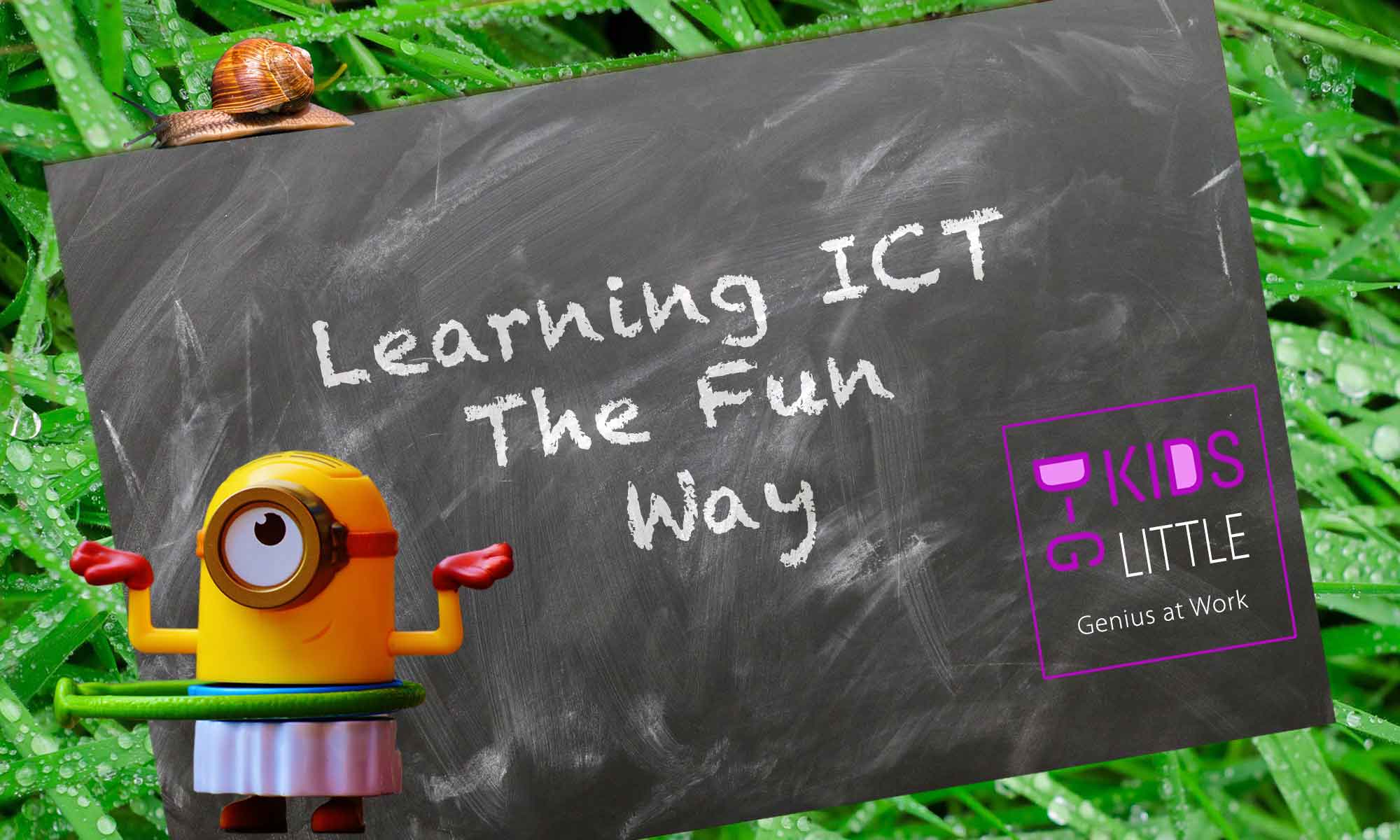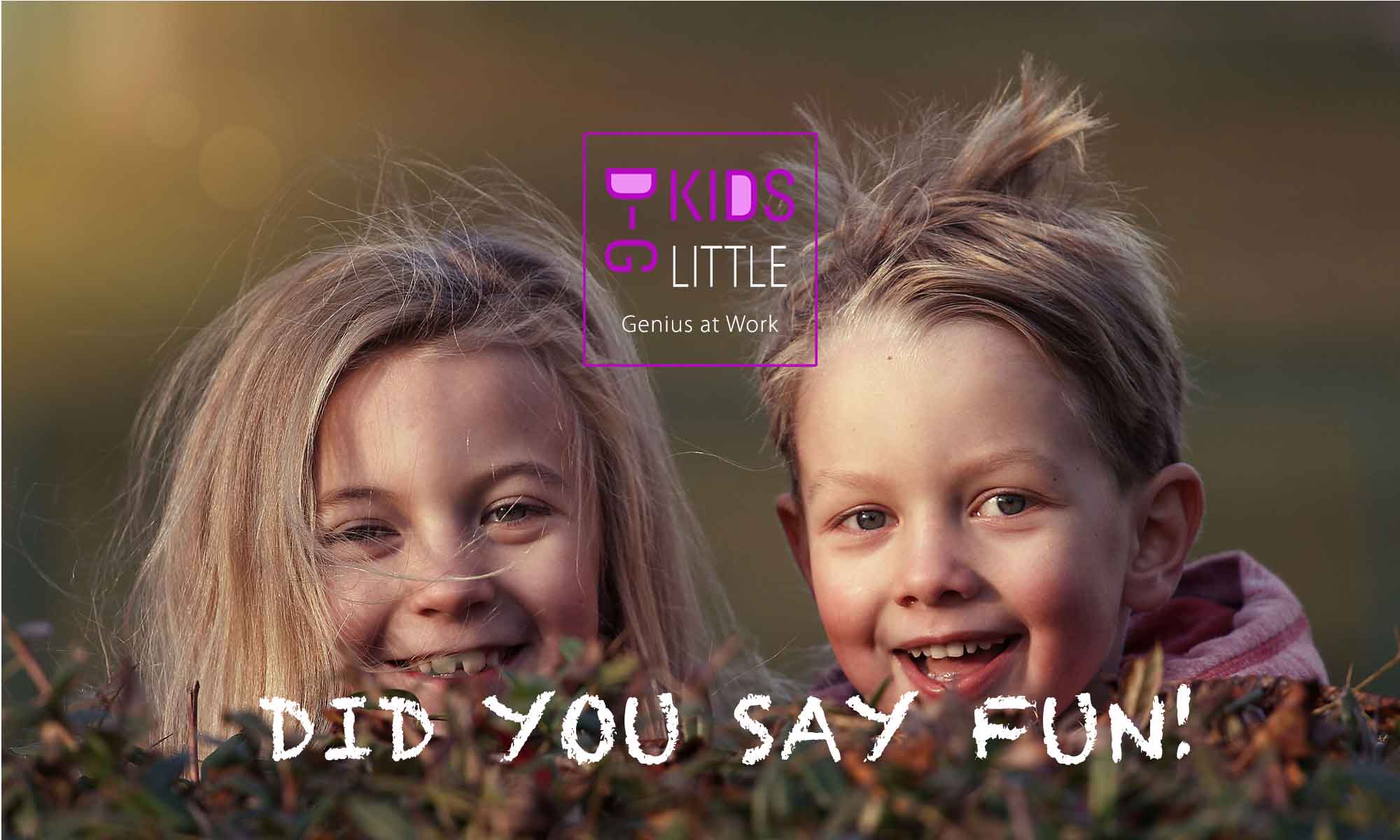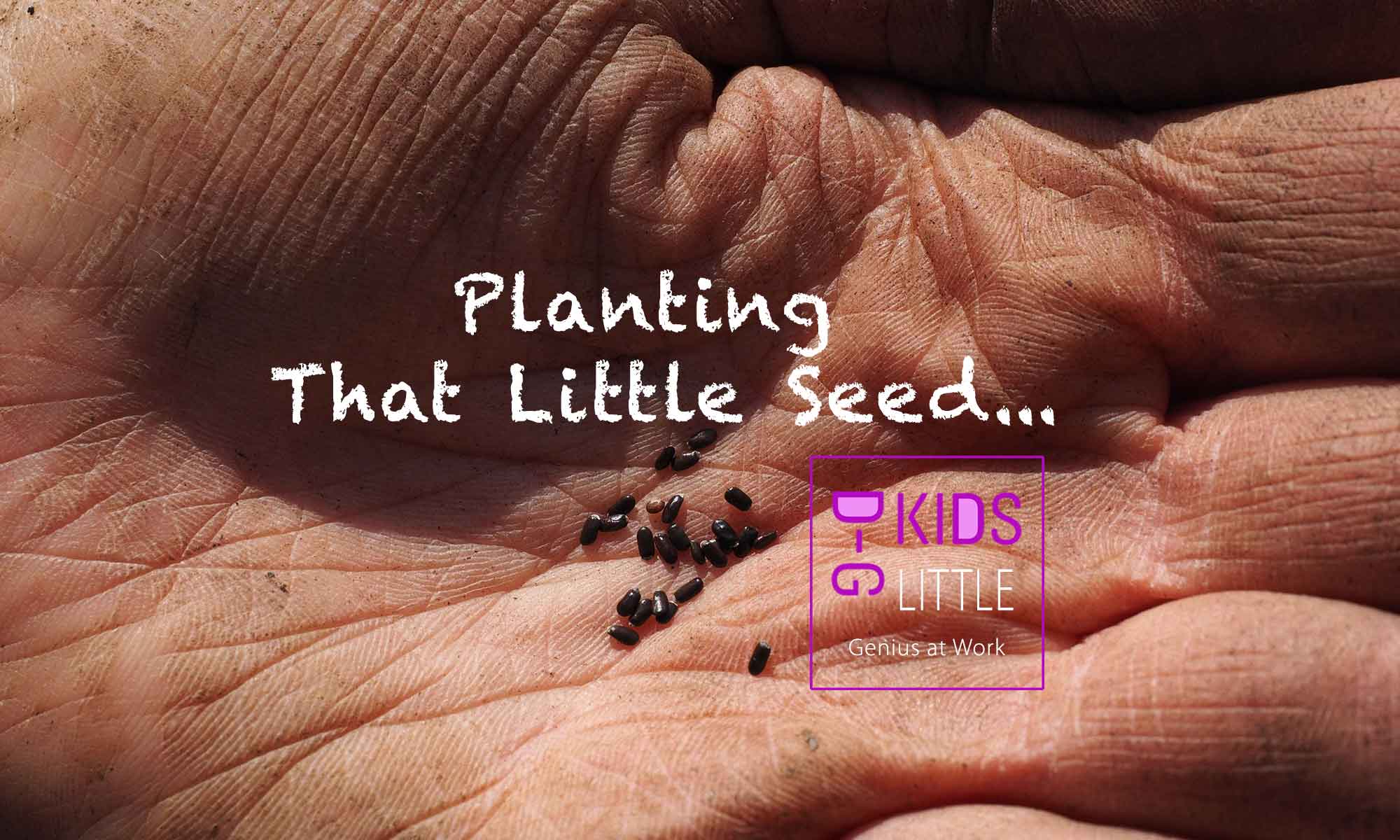What is DG-KIDS?
DG-KIDS is a professional ICT service for any Kindergarten and Nursery schools in London.
What do we do?
As an external service, we provide the hardware ie: Laptops, software and teaching staff, reducing the maintenance cost the schools will incur during a whole year.
We are skilled and competent to execute and run the programs with a long teaching experience of 17 years and a vast trouble shooting knowledge. Throughout the year the well-developed curriculum takes the children onto a safe and skilled development journey towards ICT education, providing a strong starting base into the world of technology and into primary school.
@ DG-KIDS We have adopted a gardening attitude towards our little genius, we plant that seed and we make sure we provide light (knowledge) and water (education) to bring them to a replenishing blooming growth. It has to be captivating, interesting and most of all fun!
The curriculum developed by ourselves along the 17 years tuition is at its best and in line with the EYFS guideline. Send us an email to get a copy.
D-GI KIDS Classes ICT Lessons
The curriculum for ICT lessons is designed to teach pupils how to use a computer with and without using a mouse and very basic keyboard skills through to the concepts of booting the computer up and shutting it down. Double clicking to start a software, understanding spacial navigation on the computer and within a program, saving and retrieving work and printing it. all in line with handling the equipment safely.
Our sessions are designed to focus children’s natural curiosity and encourage them to discover computers as instruments of wonder, fun and learning.





